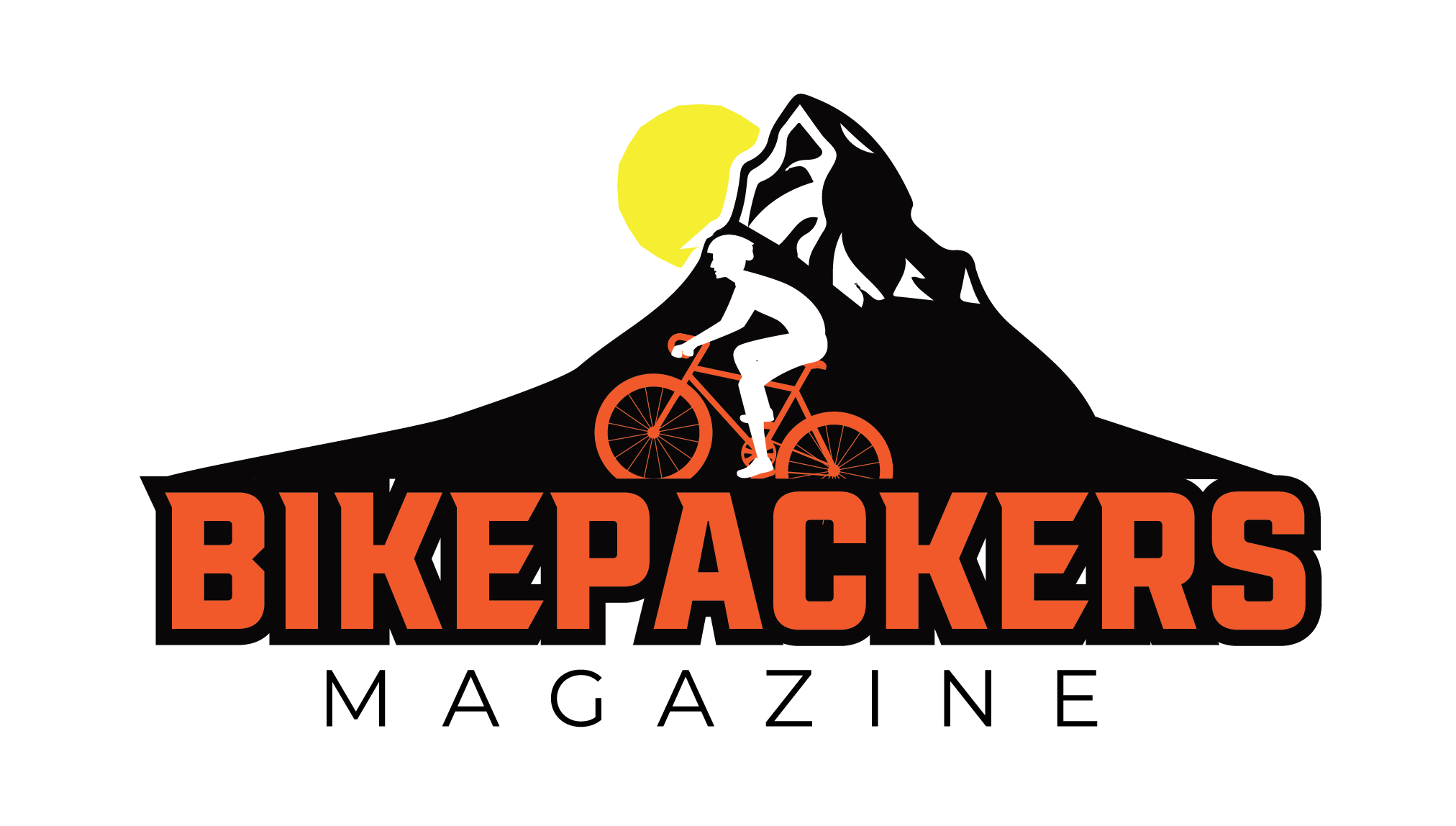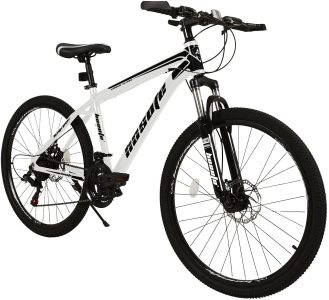INTRODUCTION
Quick Navigation
Mountain riding as a sport has advanced significantly since mountain bikes were mass-produced in the 1980s. Mountain bikes have improved greatly today and are impressive, all-purpose machines built to deliver on different kinds of rails. Thanks to the latest designs and technologies, mountain bikes are versatile and so advantageous that choosing which one to get can become confusing. Their designs, versatility, and strength will have you confused about which to choose. When making a choice on which mountain bike will be worth your money, it is important to consider a few things. You will also need to determine your level of expertise. You’d need to understand the fundamentals of a mountain bike’s frame and design, your riding capabilities as well as the type of trails you intend to use it on mostly. Don’t also forget to consider the key features you would like to have in your choice of a mountain bike. Most importantly, you need to ensure that the mountain bike you choose suits you well and within your budget. Remember also to take note of the maintenance of the mountain bike of your choice and the cost of repairs as well.
How To Choose A Mountain Bike
Choose the mountain bike that suits your preferred riding style
Choose the type of mountain bike that is suitable for you
Ascertain the size of wheels and bike that suits you best
Look out for features that are important to you and fit your riding style
Try out some bikes and take them for a ride to help make your choice better
Choose the components and build kit that fit your budget and goals
Lastly, choose the mountain bike that sits well with you and fits perfectly into your budget and your riding style
Listing out these steps makes it look easy but choosing a mountain bike takes more than that. There are several types of mountain bikes with slightly different functions, so it is essential to the types of mountain bikes available, In order to choose the one that suits you best. Please don’t get carried away by the specs or design; it is important that you focus on the essential things that determine the best mountain bike for you. Below, we will dive into the types of mountain bikes you can choose from.
Types Of Mountain Bikes
Although there are several manufacturers of mountain bikes, there are six standard types of these bikes: Downhill mountain bike(DH), hardtail bikes, full suspension bikes, Trail mountain bikes, cross country bikes, and All-mountain bikes (Enduro). Now, let’s break these types some more to help you arrive at a conclusion.
Freeride and Downhill mountain bikes – these bikes were originated for sharp, twisted terrain, high speed, and jumps. They are suitable for difficult descents and are quite comfortable. If you are a risk-taker and enjoy testing your limits on difficult downhill tracks, then the downhill mountain bike is ideal. It is a robust mountain bike; hence it provides you with comfortability. They are not lightweight and will take you straight down the hill in a blur. However, they are not the best option for climbing. They feature a full suspension system and are quite stable and strong. They also have tires that are puncture-resistant, which may come in handy when making jumps.
Hardtail Mountain Bikes – Hardtail bikes do not operate a full suspension system. They only have a front suspension fork but lack rear suspension. These bikes are suitable to transport you around and also great for beginners. They are budget-friendly and have speed on their side. However, they are quite bumpy on rough terrains due to their lack of a full suspension. Other than that, they are much cheaper to purchase and maintain.
Full Suspension Mountain Bikes – These mountain bikes have both front and rear suspension. The full suspension mountain bikes are an outstanding choice for newbies who intend to ride off-road. They are more on the expensive side but a worthy investment when it comes to confidence, comfort, and control. The double suspension makes passing through difficult roads and trails much easier. Thanks to the rear suspension, the back wheel stays balanced on the ground and helps to enhance traction.
Trail Mountain Bikes – This type of mountain bike is quite popular amongst writers. They are efficient descenders and amazing climbers too. Trail bikes feature more components that increase suspension, like thicker tires for swifter traction and sizeable brake rotors. Trail mountain bikes are quite fun downhill and fast uphill. They are produced as hardtail or full suspension bikes and are quite versatile.
Cross Country Mountain Bike – Cross country bikes are designed for riders who have pedaling as a top priority. IF you ride majorly for exercise and give your body a vigorous shakedown, the cross country mountain bike is ideal. It will have you pedaling and putting your lungs to good use. These bikes are designed for efficiency and endurance. They are great for riding uphill and are quite similar to road bikes. They have great performance and are lightweight. However, the downside to cross-country mountain bikes is that they have very low downhill performance. However, these bikes are suitable for riders who intend to put in the work when pedaling and going on long rides. They feature
All-mountain bikes (Enduro) – These mountain bikes are built specifically for the thoroughness of enduro racing. Enduro mountain bikes are suitable for covering long distances and going on long rides. It is also great on larger terrain compared to the standard trails with difficult descents and climbs. The geometry of an enduro bike promotes descending more than climbing. If you just want to do a few laps on easy terrain or at a bike park, the All-mountain bike will help you achieve that as well.
Tips To Consider
Here are some tips to consider when choosing a mountain bike.
Choose the correct size
Firstly, the correct rame size should be your primary concern. Dont bank on a fixed size. Many companies may produce mountain bikes in size small, medium and large rather than incorrect numbers, but there is no consistency of each brand’s idea of large or small. One brand’s medium may be the same size as another brand’s large. Seat tubes of some brands can also be smaller than others and vice versa.
It will be preferable for you to ensure that the bike is the correct fit for you. It would be best to compare the distance between the bars and the saddle and the distance between the middle of the crank and the middle head tube. If youre looking out for a road bike, you can go for one that has a longer distance between the stack and the reach; this will allow you to have control of the grip and avoid getting toppled over at any impact. However, don’t go for too long a distance that there’s no clearance for standover.
Select a wheel size
Most diameters are within a binary selection of about 650b demanding trail and downhill(27.5in) or 29in. 29in downhill wheels and wide-rimmed large sizes are quite the popular choice. However, in a few years, light, strong, and stiff 29in wheels will become the order of the day. At the moment, plus sizes are preferable for hardtails and are quite responsive to pressure on the tires. Stronger hoops are suitable for smashing trails, while bigger wheels are preferable for bigger miles.
Select full suspension or hardtail
Earlier, we dived into the difference between a hardtail and full-suspension bikes. When choosing a mountain bike, it is important to consider if you’d prefer a hardtail or full suspension bike based on your riding style and track. If you have an unlimited budget, you can choose a full suspension bike, as it operates a full suspension system, linkage, rear shock, and bearings, which all cost extra on purchase and service repairs. However, if youre looking for a budget-friendly bike with finer specs and parts, you should opt for a hardtail bike at a slightly lower price but with less chances of things going wrong and much easier maintenance is also lighter than a full suss bike. Full suspension bikes are quite advanced and have more advantages than disadvantages, so it will also be worth your money if you can overlook the disadvantages.
Choose the quality of suspension over quantity
Read through the reviews of the shocks and forks when opting for a full-suspension bike and ensure that you go through the manufacturer’s site for accurate models. Remember that the equipment and components may differ in quality based on their manufacturer. Look out for the best quality on each component of the bike.
Conclusion
If you take these steps into consideration, we are sure you’d make the right choice. Whatever your choice may be, ensure that you purchase the right gear and have the basic essentials for maintenance and repairs like; helmet, a toolbox or pack, tire levels, air pump, patch kit, chain lube, and spare tube. Most bike shops offer a free first tune-up service, so be sure to make use of the offer so youre bike can be in the best shape for great performance.

